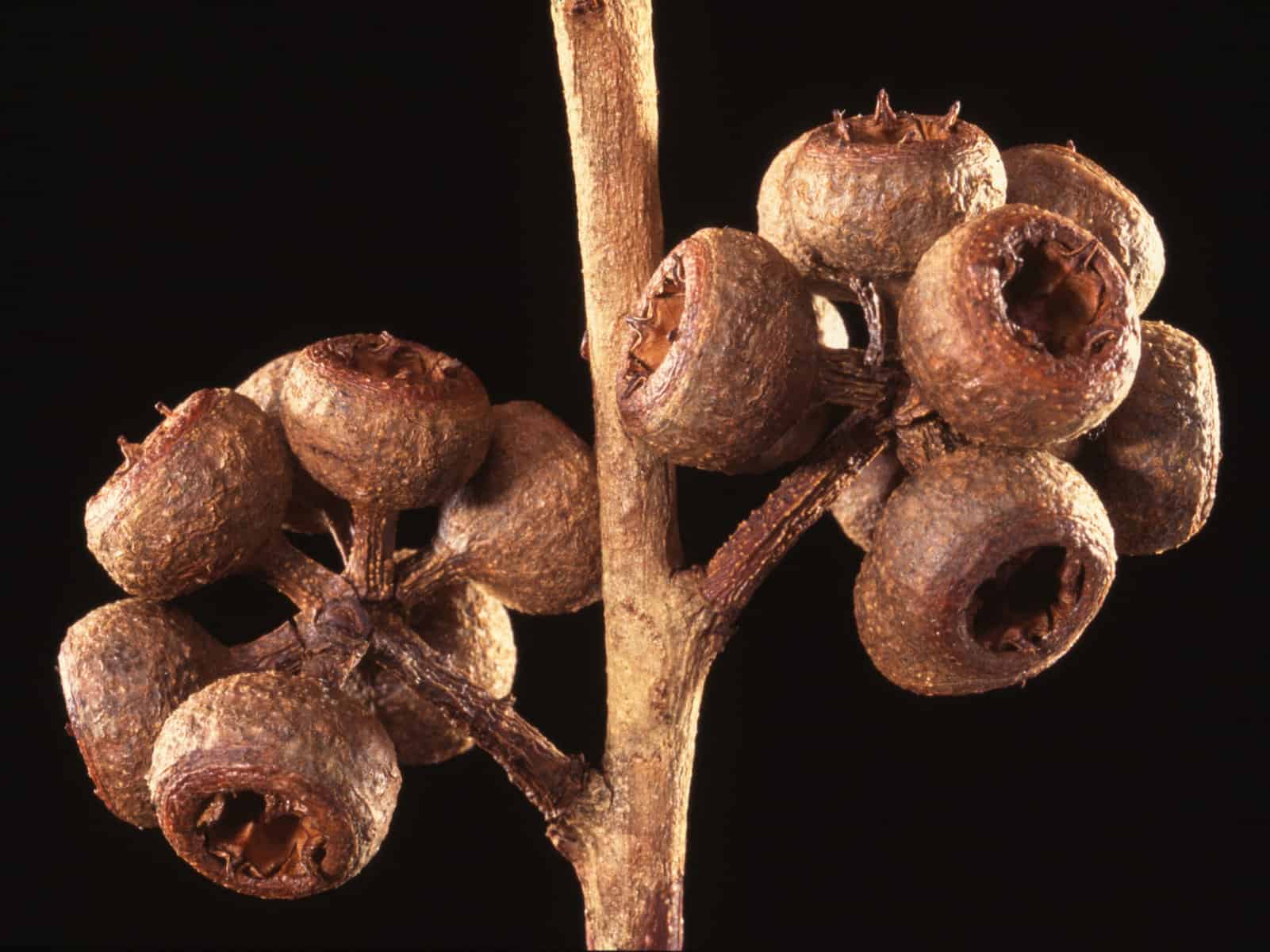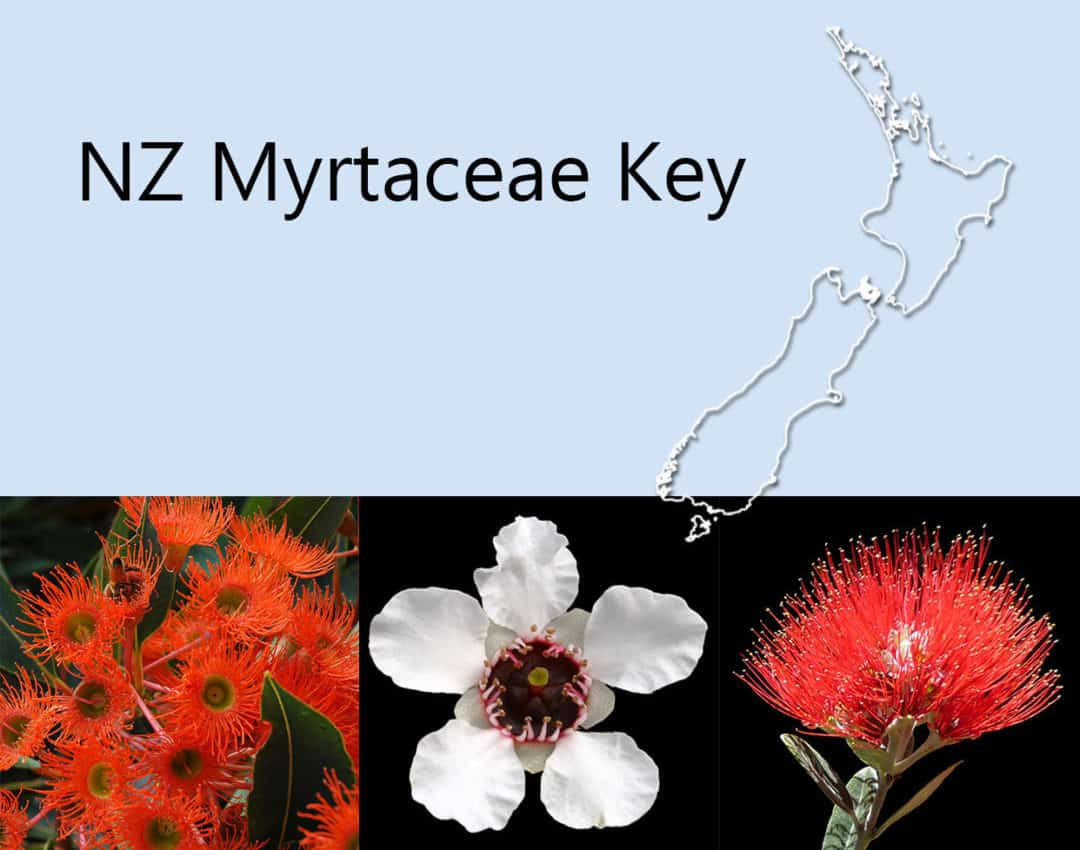By Manaaki Whenua – Landcare Research and MPI Biosecurity New Zealand
The NZ Myrtaceae Key is a free and easy-to-use app that makes it simple to identify plants in the myrtle family that grow in Aotearoa New Zealand. It may be a surprise to discover how many of our iconic indigenous tree species are in the Myrtaceae family – including pōhutukawa, mānuka and kānuka. The key includes more than 100 of the most commonly found species, subspecies, hybrids and cultivars, in New Zealand. Of these, 27 species are indigenous to New Zealand: others, such as feijoa and eucalyptus, are exotics of economic importance.
The NZ Myrtaceae Key is a Lucid identification tool envisaged and funded by Biosecurity New Zealand, the biosecurity arm of the Ministry for Primary Industries, and developed by botanists from Manaaki Whenua–Landcare Research, the National Forestry Herbarium, Unitec, and other experts. It is simple, interactive and, with more than 1,600 fully captioned images built in, comprehensively illustrated.
Being able to identify Myrtaceae has taken on new importance since the windborne fungal disease myrtle rust arrived in New Zealand in 2017. Caused by the Austropuccinia psidii pathogen, myrtle rust is a biotrophic disease that needs a host plant to survive on. Trees, shrubs, and vines in the myrtle family are vulnerable to myrtle rust and some species are highly susceptible. Heavily infected plants inevitably die.
Using the NZ Myrtaceae Key to accurately identify species of Myrtaceae in New Zealand will make it easier to monitor and report cases of myrtle rust. By using the key, anyone – from farmers and trampers to gardeners and park users, will be able to identify plants from which to check for and report the tell-tale yellow spores.

This reporting will be used for long-term monitoring and development of management options. Myrtle rust has already spread across the top of the North Island, and cases have been recorded as far south as Greymouth. Among the threats of the disease is the risk to the important and substantial mānuka and kānuka honey industry.
The key, which has been two years in development, uses plant names from the Ngā Tipu o Aotearoa – New Zealand Plants database (PND), the Australian Plant Census (APC), the Global Biodiversity Information Facility (GBIF), and Plants of the World Online (POWO).
Users enter the characteristics of the plant, the app then sorts the plants possessing those features, and it rejects those that don’t match. By progressively choosing additional features, the key will eventually narrow the results to just one or a few matching species.
The NZ Myrtaceae Key is available from the Google Play (Android) store as a mobile (smartphone) app suitable for undertaking identifications in the field. A web-based (browser) version is also available, hosted by Manaaki Whenua – Landcare Research (MWLR). (An iOS app for Apple will be released soon.)
Members of the development team:
- The NZ Myrtaceae Key was developed during 2019/20 by botanists Murray Dawson (MWLR), Matt Buys and Elizabeth Miller (National Forestry Herbarium), Peter de Lange (Unitec), Chris Ecroyd and Colin Ogle.
- The wider team of developers included Mike Cochrane, Paula Greer and Rob Smissen (MWLR) and staff from MPI Biosecurity New Zealand (PHEL Botany, Mycology and Bacteriology teams, and Operational Research).

